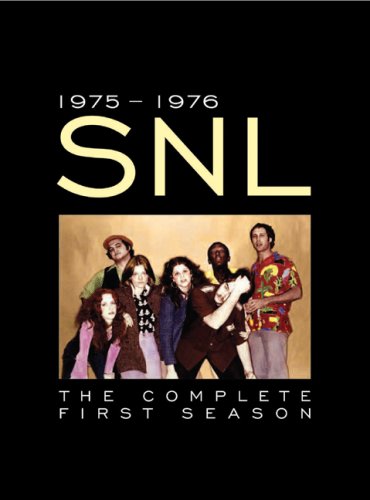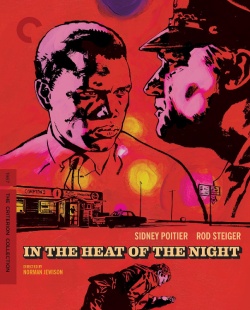Saturday Night Live is both a network television variety show and a comedy institution. 40 years, countless cast members & more than a few horrendous film spin offs later and it’s still running without any real sign of stopping. Yet, since the first cast of Not Ready for Primetime Players started leaving the show in the late 70s, SNL has constantly been accused of dwindling quality. Each new cast lives in the shadow of some earlier cast, whether they be comedic giants like Eddie Murphy, Will Ferrell or even Bill Murray. All of them had to follow in the footsteps of some of the most well recognized comedic talents of the last several decades. So, has SNL gone down hill? How long has it been going downhill? Is there anything to salvage out of modern SNL or is the once-cutting cultural touchstone just out of steam?
The early years of Saturday Night Live are commonly associated with the cream of the crop for the show. Given that the first cast included Dan Aykroyd, Chevy Chase, Gilda Radner, John Belushi and Jane Curtin, that praise isn’t unearned. Yet, despite their notoriety, watching earlier episodes of the show showcases just how “Not Ready” they were as “Players.” There’s a clearly stiff awkwardness to how the show was early on in it’s life. There’s a clear nervous energy to the entire show and you can even see that terror in the eyes of the cast members. This early nervousness on the show gave way to a desire to experiment and try new things like current culture commentary, raunchy cutting edge material and rather surreal out there bits, mostly done as a desire to fill time.
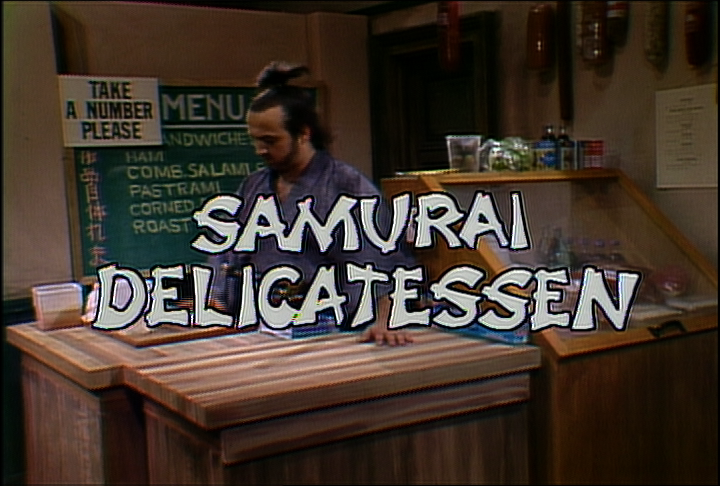
Yet, that desire to try anything is what helped give SNL it’s identity as it evolved over that first cast, especially during a time when Johnny Carson still ruled late night television and the comedy variety show as a concept had been fading out with the ending of Rowan & Martin’s Laugh In. One of the best examples of this attitude in practice was the very first sketch from the very first episode of the show, in which John Belushi played an immigrant who attempts to learn English from a professor (played by legendarily dark and twisted early SNL writer Michael O’Donoghue) by repeating everything he does, including repeating the professor’s sudden death by heart attack, all before Chevy Chase walks on to utter the first “Live from New York, It’s Saturday Night!” It’s odd, it’s out there and it doesn’t quite work as a sketch, but it wasn’t like much of anything on television in 1975. Speaking of odd, let’s not forget that during that first season of the show, Jim Henson, Frank Oz and several other Muppeteers were involved in sketches about aliens in sitcom situations with jokes about drugs, sexual frustration and eventually awkwardly forced attempts at give them scenes with the main cast.
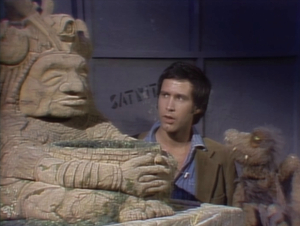
So, as the initial cast learned to deal with their issues (and an overly cocky Chevy Chase), the show became this staple for hip comedy with millions of people looking forward to the emergence of recurring characters they’d grow to love, pot shots at modern news through the longest running sketch Weekend Update or whatever popular music act would pop up to sing a few songs. Admittingly, that initial cast (along with newcomer Bill Murray who replaced the above mentioned overly cocky Chase following his exit mid-way through season two) was hard to live in the shadow of, given the talent involved and all those memorable sketches like The Olympia Restaurant, Roseanne Roseannadanna, Nick the Lounge Singer, The Blues Brothers and countless others. It was especially hard to follow them up when SNL creator and guru Lorne Michaels briefly left the show along with the rest of the main cast in 1980. The resulting era (1980 – 1985) was met with mostly scorn & derision and, having watched bits and pieces of that era, it’s easy to see why. With the exception of highly energetic and youthful Eddie Murphy, the cast felt stiff and awkward, slotted into positions that were trying far too hard to fill the vacuum that had been left by the cast of beloved players and slapdash writing that felt far less genuine and more like a calculated attempt at recreating the magic of before.
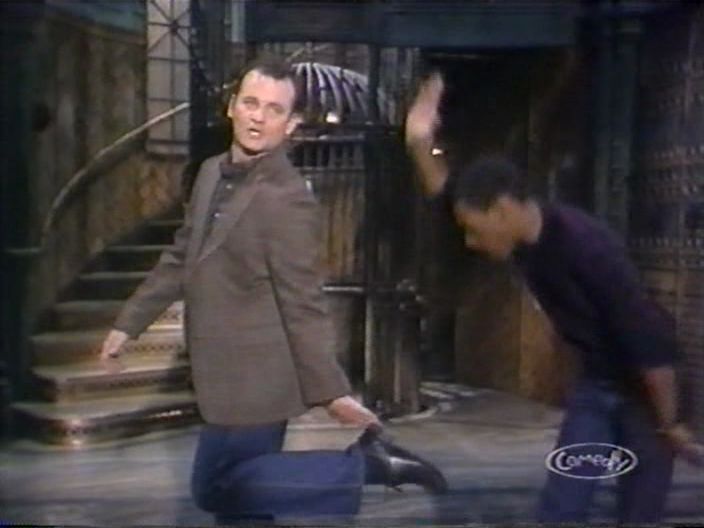
This would later grow to be a common occurrence as Saturday Night Live continued, putting the show in multiple seasons of flux as it tried to find a solid new groove with the right cast members. This process has ended up claiming many talented comedic performers, including Gilbert Gottfried, Sarah Silverman, Rob Riggle, Joan Cusack and Anthony Michael Hall. It’s a process the show is currently experiencing in it’s 40th season, having lost much of it’s main cast anchors at the end of it’s 38th season. The show currently lacks a stand out cast members and awkwardly written, though several would argue that the show has been doing this for awhile… but then again, what is “awhile”? Post-Will Ferrell? Post-Adam Sandler? Hell, post-The Not Ready for Primetime Players? Honestly, the answer to that question varys so much that it might as well be “post-whenever the person you’re asking last watched SNL regularly.” People have a natural bias towards the cast they grew up with and that makes sense. SNL aims towards current cutting edge humor targets that the younger generation growing up at that time would recognize. When middle aged people think of SNL, they’ll throw off a “Cheeseburger Cheeseburger Cheeseburger” or “I’m Gumby, Dammit!”, where as a modern SNL audience is more likely to throw out a “New York’s Hottest Club…” or “What Up With That?!”

That all being said, I don’t think this sort of bias is true to what Saturday Night Live really is; inconsistent. Yes, despite the love of whatever cast, SNL by it’s very nature is doomed to be uneven. Since it premiered in 1975, the production schedule for an episode of SNL is literally a week long. No matter how talented the cast and writers are, no group can manage to write, rehearse and perform an entire episode’s worth of live laugh out loud comedy. This perspective became incredibly clear to me when I watched a lot of the older episodes on Netflix (which they removed for whatever reason as of this writing). Despite the best efforts of immense talents like John Belushi, Dan Aykroyd, Eddie Murphy, Phil Hartman, Jon Lovitz, Dana Carvey, Will Ferrell, Amy Poehler, Tina Fey, Bill Hader or any number of others, no episode was pure back to back comedy. Certain conflicting circumstances can be against them on an episode, whether it be an awkwardly unfunny host, technical flubs or huge controversial events that overshadow the episode all together.
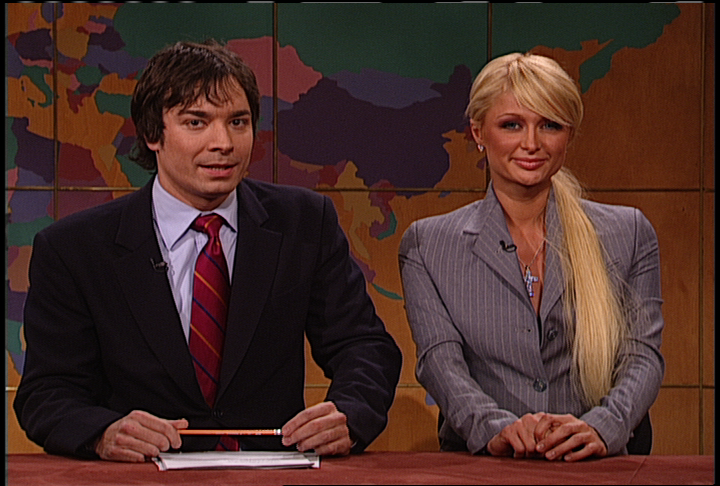
SNL has always been done by the seat of it’s pants, electing to sacrifice quality in an effort to produce a weekly show. That may sound like a criticism… but that’s honestly the fun of the show. Each week (excluding summers, holidays and writer’s strikes), we get a 93 minute block of content that cobbles together the works of multiple people trying to give their audience a satisfying way of spending their Saturday nights. It is and always has been a mixed bag; sometimes you get a sketch that is the talk of the town Sunday morning, sometimes you get a guest host embarrassing themselves. Sometimes you get an old face returning in a surprise cameo, sometimes you get a cast member flubbing lines excessively. Sometimes you get a sketch that’s more tender & emotional than most and sometimes you get a bizarre as all hell sketch that is slammed to the 12:50 slot right before the show ends. Given that the term “variety show” usually means more than comedy sketches and one or two musical performances, the variety of SNL comes mainly from the roulette wheel of guessing who or what will pop up next in a sketch, even if it isn’t that great.
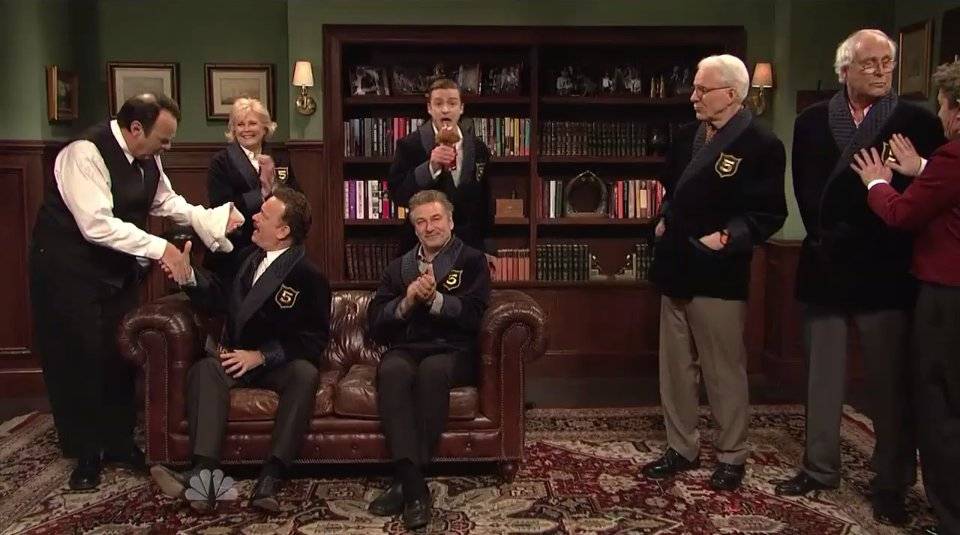
It’s obviously gotten tougher for SNL to compete with the onslaught of satiric comedy and sketches from online media over the last decade or so (ironically, part of this online revolution was brought on by SNL‘s infamous Lonely Island “Dear Sister” sketch). People can parody something in an instant and upload it, so why even bother with show that’ll be a week late on the subject? Well, it’s mainly the “Let’s Put On a Show, Fellas” attitude. It’s the guiding spirit that keeps the show from ever completely losing me as a viewer. In the same vein as the original Little Rascals, these people have been and always are trying to put on a weekly show that’s contemporary, experimental and hip with an uneven success rate at times. Yet, people tune in on the off chance we’ll see the growth of a new comedic icon or a sketch that will entertain us for years to come. We want to see a new John Belushi that will raise his eyebrow in charming delight, a new Church Lady that we’ll love to see recur over and over again, a new surprise appearance to make us smile nostalgically. We might not get any of that, but that’s part of the fun. Those apprehensive live show jitters have made stars out of so many people during the long history of the show, including recent SNL (ie the new millenium years) and any season before or after it. So who’s to say that someone from even the most recent troubled season won’t amount to something?
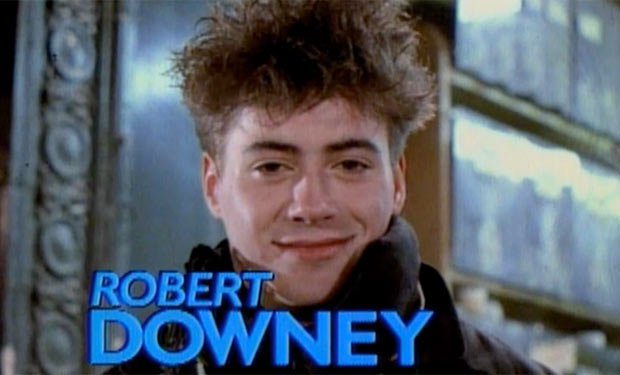
So, with the 40th year of Saturday Night Live comes the questions about the future. How long will Lorne Michaels shepheard the show before he retires? Will the show continue after him? If it does go to a new successor, who will it be and will they improve the show or not? Personally, I think the show should exist in some form or another in order to keep the tradition of introducing new and upcoming talent in comedy. For better or worse (ie worst of his run probably being the first year he came back in 1985-86), Lorne Michaels has run the program with that same desire to put on a show and allowing his cast members to find themselves. As many have often imitated about Michaels, he’ll usually respond to a worrisome cast mates and writer in a simple Dr. Evil-esque deadpan with “Whatever you have at 11:25, we’ll run. You’ll do great.” As long as his eventual successor realizes that similar desire to experiment, they’ll be perfectly fine at keeping Saturday Night Live the off beat commodity it still is to this day. Without it, the ending moment of exhaustion and calmed smiling that is the “Goodnight” section at the end of every episode wouldn’t feel as genuinely happy and spontaneous as it normally is. It’s the perfect way to end everyone of these exhausting weekly circus acts; with a bunch of tired performers giving a weak smile and wave to the audience that made them so humbled by merely watching… unless of course that person was Chevy Chase.
Interested in picking up some titles mentioned in the article? Please use our Amazon links to do so!




